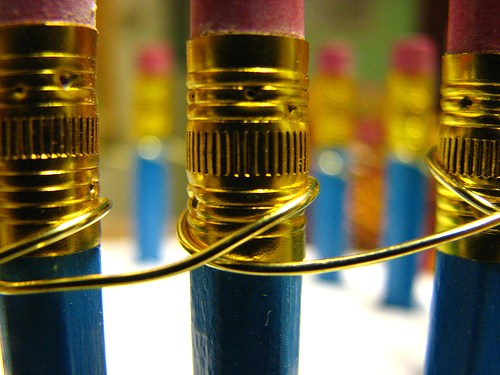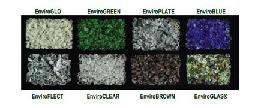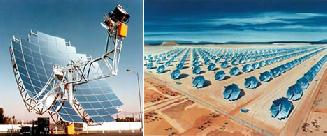
Just like lithium ion batteries, lithium air batteries can be used in electric vehicles and portable devices. These batteries are much lighter than lithium ion batteries, but commercial development is hindered by the fact that moisture in air reacts in an unfavourable manner with lithium. A group of scientists working at National Insitute of Advanced Industrial Science and Technology in Japan have come up with an ingenious solution using an ordinary graphite pencil.
The scientists layered lithium with an organic electrolyte, which was then sealed with a ceramic cap, thus eliminating moisture from the system. The graphite pencil is used to draw a two dimensional cathode on the ceramic surface. In the chemical reaction that follows, lithium ions in the liquid solution pass through the ceramic surface combining with oxygen in the air, within the area covered by graphite. The cathode can be removed and redrawn again as and when required.
Apart from the moisture related problem,lithium air batteries have issues of efficiency and longevity. In 2010, researchers at MIT took a big leap forward in overcoming these problems by developing a gold silver alloy that functions as a high efficiency catalyst for the lithium air battery. However, commercial batteries should ideally have an efficiency of 85-90 percent. And the present lithium air batteries developed by MIT has an efficiency of 77 percent only, which indicates that there is still a lot of work to be done .
On the positive side, IBM has shown an interest in the lithium air technology for use in stationary grid and electric vehicles. They have been working on this concept for the past two years, which makes us hopeful of the fact that a technically sound and commercially viable product would soon be available.
Source: Cleantechnica




